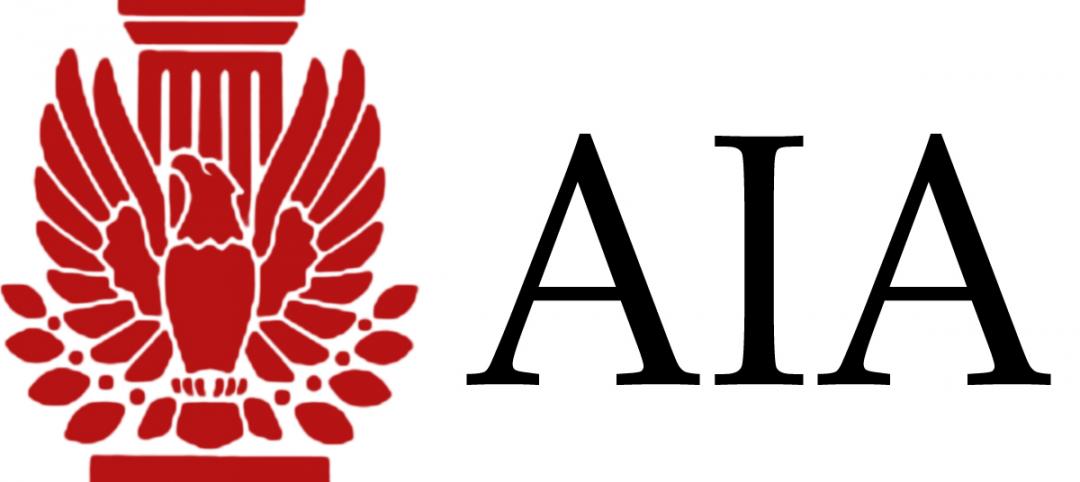GREENBELT, Md. (November 15, 2010) – The NFRC Board of Directors has approved technical procedures for the development of U-factor, solar heat gain coefficient (SHGC), and visible transmittance (VT) ratings for co-planar interior and exterior attachment products.
The new procedures, approved by unanimous voice vote last week at NFRC’s Fall Membership Meeting in San Francisco, will add co-planar attachments such as blinds and shades to the group’s existing portfolio of windows, doors, skylights, curtain walls, and window film.
“Approval of technical procedures for determining ratings for attachments represents a big step toward providing consumers of those products with the fair, accurate, and credible energy performance information they need to make informed choices,” said NFRC CEO Jim Benney.
NFRC 100A explains the procedures for determining fenestration attachment product U-factor ratings, while NFRC 200A describes the procedures for determining fenestration attachment product SHGC and VT ratings.
NFRC is also working on certification and labeling procedures for attachment products. Once those procedures are approved, attachment product manufacturers will be able to rate and certify their products.
NFRC has rated window film since 2008, when CPFilms became the first film manufacturer to certify a product.
“I’m very pleased that the Board approved the technical documents for attachment products,” said Mike Cienian, chair of the Attachments Subcommittee and vice president for quality assurance at HunterDouglas, a member of the Window Covering Manufacturers Association. “Our industry is eager to provide our customers with the kind of third-party performance information that NFRC provides, and we look forward to finalizing the certification and labeling side so we can begin certifying products.”
About NFRC
NFRC is a non-profit organization that administers a voluntary, uniform rating, labeling, and certification system that can be used to compare the energy performance of windows, doors, curtain walls, skylights, and other fenestration products. Its members include manufacturers, suppliers, utilities, consumer groups, representatives from the building and code industries, scientific and educational organizations, and government agencies.
Related Stories
| Jan 3, 2012
AIA's ABI November Index reaches 52.0
The Architecture Billings Index (ABI) reached its first positive mark since August.
| Jan 3, 2012
Callison acquires Barteluce Architects & Associates
This acquisition will grow Callison’s New York team to over 75 architects.
| Jan 3, 2012
VDK Architects merges with Harley Ellis Devereaux
Harley Ellis Devereaux will relocate the employees in its current Berkeley, Calif., office to the new Oakland office location effective January 3, 2012.
| Jan 3, 2012
Weingarten, Callan appointed to BD+C Editorial Board
Building Design+Construction has named two new members to its editorial board. Both are past recipients of BD+C’s “40 Under 40” honor.
| Jan 3, 2012
New Chicago hospital prepared for pandemic, CBR terror threat
At a cost of $654 million, the 14-story, 830,000-sf medical center, designed by a Perkins+Will team led by design principal Ralph Johnson, FAIA, LEED AP, is distinguished in its ability to handle disasters.
| Jan 3, 2012
BIM: not just for new buildings
Ohio State University Medical Center is converting 55 Medical Center buildings from AutoCAD to BIM to improve quality and speed of decision making related to facility use, renovations, maintenance, and more.
| Jan 3, 2012
New SJI Rule on Steel Joists
A new rule from the Steel Joist Institute clarifies when local reinforcement of joists is required for chord loads away from panel points. SJI members offer guidance about how and when to specify loads.
| Jan 3, 2012
AIA Course: New Developments in Concrete Construction
Earn 1.0 AIA/CES learning units by studying this article and successfully completing the online exam.
| Jan 3, 2012
The Value of Historic Paint Investigations
An expert conservator provides a three-step approach to determining a historic building’s “period of significance”—and how to restore its painted surfaces to the correct patterns and colors.
| Jan 3, 2012
28th Annual Reconstruction Awards: Bringing Hope to Cancer Patients
A gothic-style structure is reconstructed into comfortable, modern patient residence facility for the American Cancer Society.














